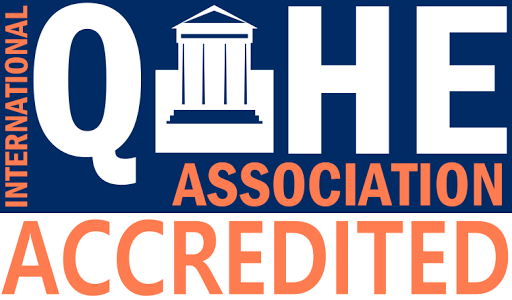One of the most influential motivators in education is progress that students can actually see. In language learning, this idea takes on new meaning when students begin to monitor and evaluate their own pronunciation. Instead of waiting for teacher feedback, they become active participants in tracking their improvement, an approach that research shows can significantly boost both confidence and performance.
A study by the British Council (2022) found that over 68% of English language learners felt more motivated when they could visualize their improvement through measurable data, such as pronunciation recordings or feedback charts. This establishes that when learners are involved in collecting and interpreting their own progress data, they are more likely to take ownership of their learning journey.
Turning Data into Motivation
Pronunciation has always been one of the complicated skills for students to master. Many struggles not because they lack ability, but because they lack awareness of how they sound. By recording their own speech and comparing it with native or model pronunciations, learners can observe subtle changes over time, shifts in tone, rhythm, and clarity that are otherwise easy to miss in daily practice.
According to a 2023 Language Learning Journal report, students who used self-monitoring tools such as speech recognition apps or digital pronunciation diaries showed a 25–30% improvement in pronunciation accuracy after just eight weeks. More significantly, nearly 80% of them reported feeling more confident when speaking in class or public settings.
These findings point to a clear insight: feedback is more effective when it comes from both internal reflection and external evaluation. When learners engage in self-assessment, data becomes a form of empowerment rather than criticism.
Building Confidence Through Reflection: Confidence in communication is not built overnight; it grows through visible progress. Teachers who integrate self-monitoring into their lessons help students turn reflection into a routine. A simple framework might involve:
Recording: Students record short reading or speaking tasks weekly.
Comparison: They compare their audio with standard pronunciation models.
Tracking: Using rubrics or apps, they score their clarity, stress, and fluency.
Reflection: They note what has improved and what needs more attention.
Over time, these small steps accumulate into tangible growth. Learners begin to associate measurable progress with personal effort, a psychological shift that strengthens self-efficacy — the belief that “I can improve.”
The Teacher’s Role in Data-Driven Motivation
While self-monitoring empowers students, teachers play an essential role in guiding the process. Effective educators don’t just collect data; they help students interpret it meaningfully.
For example, a teacher might show a student that their word stress accuracy improved by 15% in one month, reinforcing the connection between consistent practice and measurable gains. This evidence-based encouragement aligns with educational leadership principles, where feedback is framed as a tool for growth rather than evaluation.
When students realize their progress is visible and data-supported, anxiety decreases. They start taking linguistic risks, experimenting with new sounds and speaking more freely, because they trust their ability to improve.
Why It Matters for Contemporary Education?
The broader implication of self-monitoring pronunciation is not just about better English accents; it’s about cultivating autonomous learners. In a data-driven educational environment, helping students understand and use their own learning metrics can transform classroom motivation.
Research from Harvard’s Graduate School of Education (2021) highlighted that self-regulated learners are 40% more likely to achieve their learning goals compared to those relying solely on instructor feedback. This insight reinforces why self-monitoring practices should be encouraged across all areas of learning, not just language.
Moreover, incorporating data literacy into teaching aligns with current trends in educational management and leadership, where evidence-based decision-making and student empowerment are key performance indicators for success.
A Step Toward Reflective Leadership in Education
Encouraging students to monitor their own pronunciation is a small but meaningful example of how data can personalize learning. It bridges emotional motivation with measurable outcomes, showing learners that progress isn’t abstract; it’s visible, trackable, and theirs to own.
As educators, adopting this reflective approach needs more than just technology; it requires leadership grounded in empathy and insight. Those involved in educational management administration and leadership courses or pursuing educational leadership certification online often explore how such plans can shape student-centered learning environments. Integrating data-driven self-reflection into daily teaching is one practical way to turn theory into real-world impact, empowering both teachers and students to lead with confidence.









